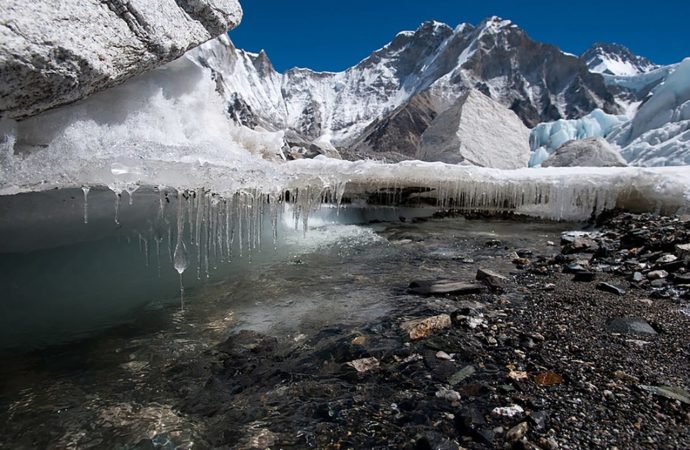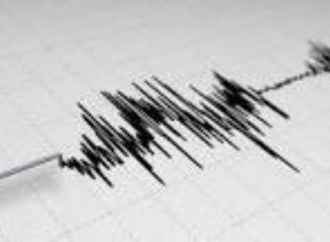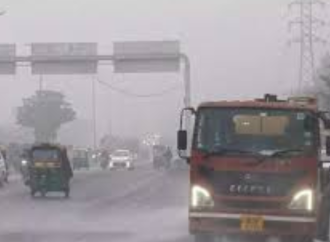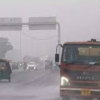The glaciers in Uttarakhand are melting at an alarming rate, with experts warning of dire consequences, including a looming water crisis in the region. According to the Wadia Institute of Himalayan Geology in Dehradun, all 900 glaciers in Uttarakhand are experiencing significant melting due to global warming. Major glaciers like Gangotri, Satopanth, Bhagirathi, and Raikhana
The glaciers in Uttarakhand are melting at an alarming rate, with experts warning of dire consequences, including a looming water crisis in the region. According to the Wadia Institute of Himalayan Geology in Dehradun, all 900 glaciers in Uttarakhand are experiencing significant melting due to global warming. Major glaciers like Gangotri, Satopanth, Bhagirathi, and Raikhana are shrinking faster than ever, causing concern among climate scientists.
Dr. Manish Mehta of the institute explained, “Glacier melting is natural, but the current rate is concerning. Out of 9,575 glaciers across the Himalayas, 900 are in Uttarakhand, and all are affected by rising temperatures.”
Potential Impacts
- Water Shortage: As glaciers recede, rivers and water supplies are expected to diminish.
- Power Generation: Hydropower sources may see reduced output due to lower water flow.
- Loss of Aquatic Species: Decreased water flow and changing conditions threaten riverine ecosystems.
Causes of Accelerated Melting
The melting of these glaciers is driven by global warming, increased greenhouse gas emissions, and rising black carbon levels. Black carbon, a pollutant from fossil fuel combustion, has a direct warming effect, speeding up the melting of snow and ice.
The Intergovernmental Panel on Climate Change (IPCC) has warned that although melting glaciers will initially increase water flow from the mountains, as glaciers continue to shrink, downstream water supplies will eventually decrease.
Dr. Mehta emphasized that while halting glacier melting entirely may not be feasible, mitigation measures could slow down the process. “Afforestation efforts, preserving green spaces around glaciers, and forest protection are essential steps,” he said.
The Department of Science and Technology has invested in research, funding studies at the Divecha Centre for Climate Change and the Wadia Institute of Himalayan Geology. These projects include mapping potential glacial lakes and identifying sites in Sikkim and Uttarakhand at risk of flash floods.
The Role of Black Carbon
Black carbon, a primary factor in accelerating glacier melting, is a byproduct of gas and diesel engines and coal-fired power plants. Despite its critical role, the Parliamentary Standing Committee on Water Resources recently noted that the government has yet to conduct studies or estimate potential future losses of Himalayan glaciers.
As Uttarakhand’s glaciers continue to shrink, urgent steps are needed to address these environmental challenges and safeguard water resources for the future.

















Leave a Comment
Your email address will not be published. Required fields are marked with *